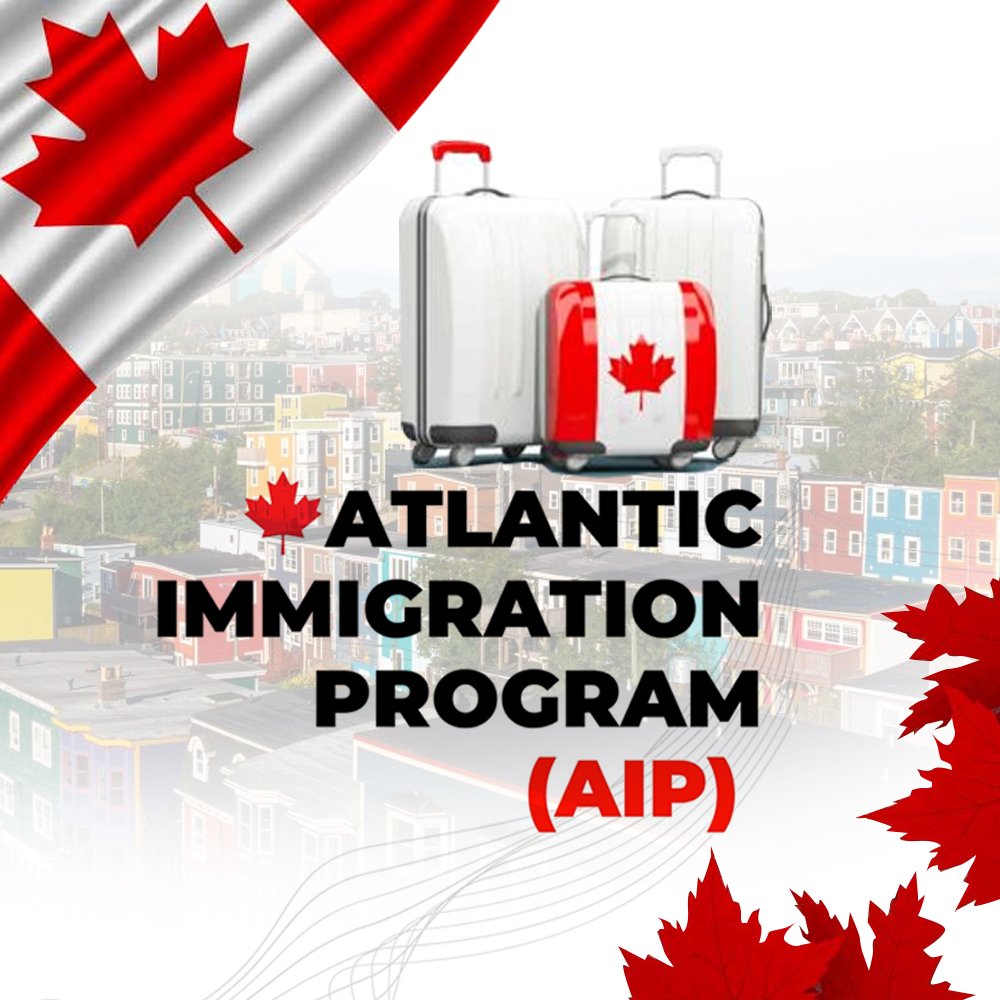The immigration process for Canada can vary depending on the type of immigration program you are applying for. However, we can provide you with a general overview of the process. Keep in mind that this information is based on the knowledge available up until September 2021, and there may have been updates or changes since then. It’s always best to refer to the official Canadian government website or consult with us we have qualified immigration professional for the most up-to-date information.
Here are the general steps involved in the immigration process for Canada:
Determine your eligibility:
- The first step is to determine which immigration program you are eligible for. Canada offers various immigration programs, including economic immigration programs, family sponsorship, refugee programs, and more. Each program has its own eligibility criteria and requirements.
Select the appropriate program:
- Once you determine your eligibility, you need to select the specific immigration program you want to apply for. For economic immigration programs, the most common ones are the Federal Skilled Worker Program (FSWP), Canadian Experience Class (CEC), and Provincial Nominee Programs (PNPs).
- Create an online account: You will need to create an online account on the official website of Immigration, Refugees and Citizenship Canada (IRCC). This account will be used to submit your application and track its progress.
- Gather documents:
- You will need to gather the required documents for your application. The specific documents will depend on the program you are applying for, but generally, you will need identification documents, educational credentials, work experience letters, language proficiency test results (e.g., IELTS or CELPIP for English, or TEF for French), and proof of funds.
- Submit your application:
- Once you have gathered all the necessary documents, you can submit your application online through your IRCC account. Pay the required application fees at this stage.
- Medical and security checks: After submitting your application, you may be required to undergo medical examinations to ensure you meet the health requirements. Additionally, you will need to undergo security background checks.
- Biometrics: Depending on your country of residence, you may need to provide your biometric information (fingerprints and photo) at a designated location.
- Wait for a decision: The processing time for immigration applications can vary significantly. You can check the estimated processing times on the IRCC website. It’s important to note that meeting the minimum eligibility requirements does not guarantee approval.
- Receive a decision: Once a decision is made on your application, you will be notified through your IRCC account. If approved, you may receive a Confirmation of Permanent Residence (COPR) or a permanent resident visa.
- Complete landing formalities: If you receive a COPR or a permanent resident visa, you will need to make arrangements to travel to Canada and complete the landing formalities at the port of entry. This includes presenting your documents, such as the COPR or visa, to the immigration officer.
- Settle in Canada: Once you have landed in Canada as a permanent resident, you will need to fulfill any remaining requirements, such as applying for a permanent resident card (if applicable), applying for a social insurance number (SIN), and starting your new life in Canada.
Please note that this is a general overview of the immigration process, and the specific requirements and procedures may vary depending on the immigration program you choose. It’s always recommended to consult the official IRCC website or seek professional advice to ensure accurate and up-to-date information.
